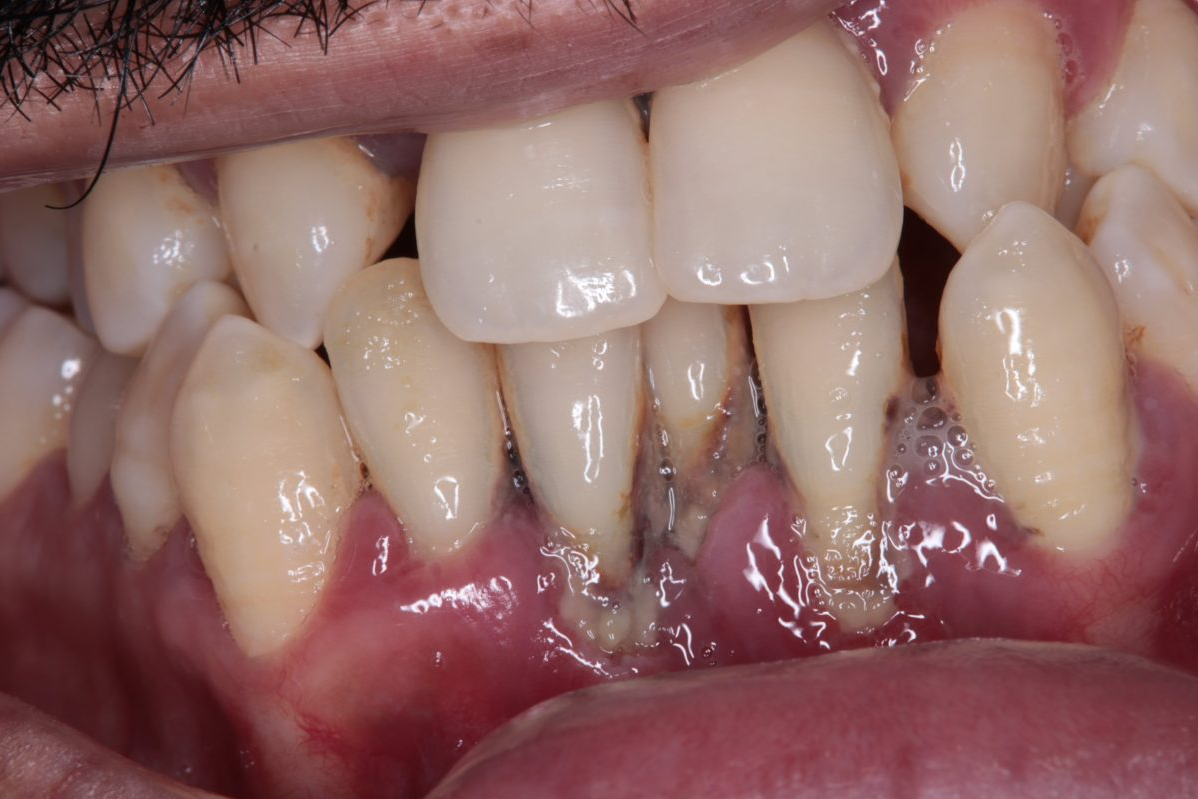+919790726189

This is your website preview.
Currently it only shows your basic business info. Start adding relevant business details such as description, images and products or services to gain your customers attention by using Boost 360 android app / iOS App / web portal.
MANAGING TRAUMA TO TEETH AT WEST MAMBALAM ASHOK...

MANAGING TRAUMA TO TEETH AT WEST MAMBALAM ASHOK NAGAR CHENNAI Understanding Trauma from Occlusion and Its Management Trauma from occlusion is a dental condition where injury occurs to the periodontium (the supporting structures of the teeth) due to excessive or abnormal occlusal forces. This condition, if not addressed, can compromise tooth stability, cause discomfort, and contribute to periodontal deterioration. Recognizing and managing occlusal trauma is essential for maintaining long-term oral health. Types of Occlusal Trauma There are two types of trauma from occlusion: primary and secondary. Primary occlusal trauma occurs when excessive occlusal forces are applied to a tooth or teeth with a healthy periodontium. Common causes include high dental restorations, parafunctional habits like bruxism, and orthodontic movements. Secondary occlusal trauma happens when normal or excessive forces are applied to teeth with compromised periodontal support. In these cases, even regular chewing can cause trauma due to weakened support structures. Clinical Features Symptoms of occlusal trauma may include: Tooth mobility Fremitus (a palpable vibration or movement of a tooth when subjected to occlusal forces) Sensitivity to pressure or percussion Migration of teeth Pain or discomfort in the jaw or muscles Radiographic signs such as widening of the periodontal ligament space, bone resorption, and vertical bone defects These signs often mimic other dental issues, so a thorough clinical and radiographic examination is vital. Diagnosis Diagnosis involves a combination of: Occlusal analysis using articulating paper, T-Scan, or shim stock Evaluation of tooth mobility and fremitus Radiographic imaging to assess changes in bone support Periodontal examination to differentiate primary from secondary trauma Management Strategies The main goal in managing occlusal trauma is to eliminate or reduce the excessive forces and to stabilize the affected teeth. 1. Occlusal Adjustment: Selective grinding or reshaping of the occlusal surfaces to eliminate interferences can help redistribute forces evenly. 2. Orthodontic Treatment: Correcting malocclusion can improve force distribution and eliminate traumatic contacts. 3. Splinting: For mobile teeth, splinting provides stabilization and comfort during function. 4. Parafunctional Habit Control: Mouthguards or occlusal splints may be used for patients with bruxism or clenching habits. 5. Restorative Procedures: Overcontoured or faulty restorations must be adjusted or replaced to restore proper occlusion. 6. Periodontal Therapy: In cases of secondary trauma, concurrent periodontal treatment is essential to enhance tissue support. Trauma from occlusion, though often overlooked, can significantly impact oral health and function. Early diagnosis, combined with an individualized treatment plan, is key to preventing further damage and ensuring optimal long-term outcomes. Interdisciplinary collaboration between periodontists, orthodontists, and restorative dentists often yields the best results in managing this condition. Dental Clinics in West Mambalam Dentists in West Mambalam Dentists in Ashok Nagar Best dentist near me Best Dental Clinics in West Mambalam Oral surgeon in West Mambalam Dental Implants in West Mambalam Oral surgeon in Ashok Nagar Painless tooth removal at West Mambalam Rootcanal treatment at West Mambalam Top rated dentist in West Mambalam

